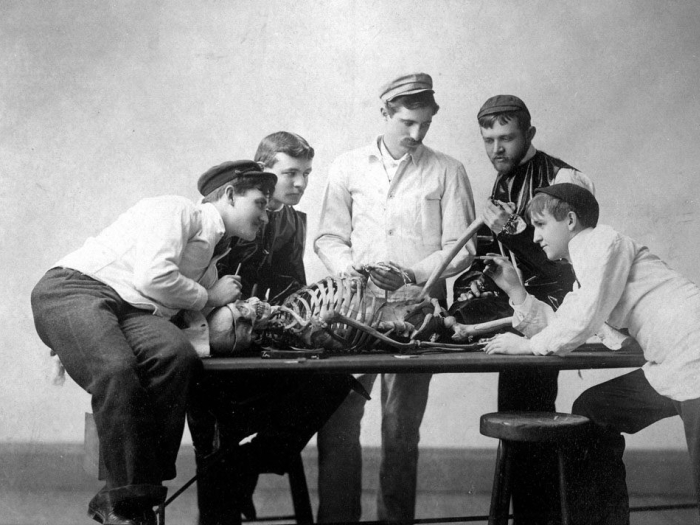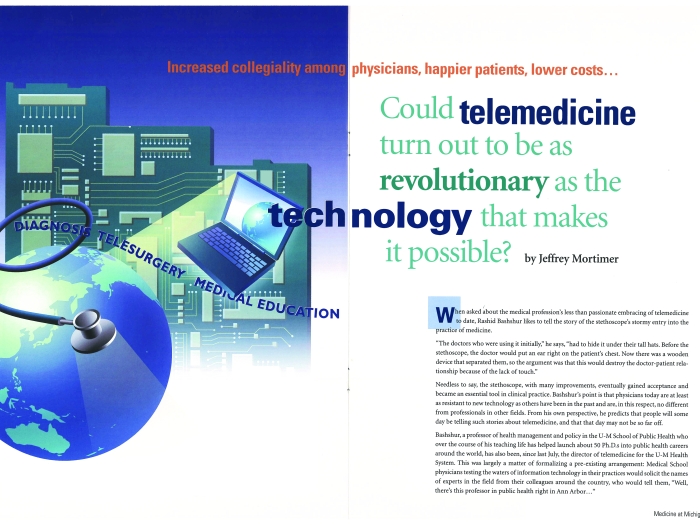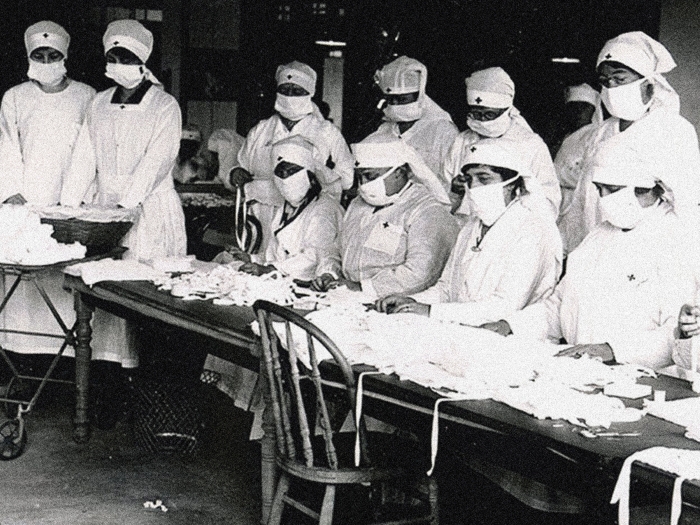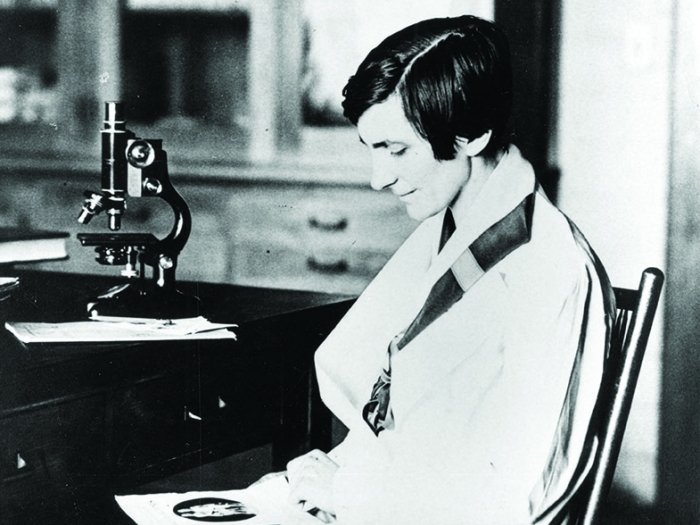The unsung story of a U-M Medical School graduate, Confederate soldier, POW, Union surgeon, pioneer, politician, and entrepreneur
Author |

Michael Beshoar, M.D.'s biography reads like that of a Wild West Renaissance man whose name should be found in history books. Yet this remarkable and complicated figure is probably one of the most unrecognized American physicians of the late nineteenth century.
Born in a small Pennsylvania town in 1833, Beshoar graduated from the U-M Medical School in 1853. In 1861, he joined the Confederate Army, where he served as a surgeon. After being captured by the Union Army in 1863, he signed an Oath of Amnesty and was allowed to join the Union Army, where he served as an assistant surgeon until the end of the Civil War.
Following his military career, Beshoar ended up in Denver, whose population in 1867 was under 4,000. His success was hindered by anti-Southern bias, so he moved further south to Pueblo, which had only one doctor for its population of 400. Besides initiating a medical practice in Pueblo, he opened the first drug store between Denver and Santa Fe. That same year, he continued south to Trinidad, Colorado, another town of about 400 inhabitants. He arrived just seven years after the first settlers and moved into a boarding house run by the sister of the famous Oglala Lakota chief, Red Cloud. (She was also Crazy Horse's aunt.) He started a medical practice there and opened a pharmacy.
Brawlers, farmers, and miners
Trinidad, with its gambling halls and popular saloons, lent itself to drunken brawls between white settlers, Mexicans, and Native Americans. Beshoar used the surgical and orthopaedic skills that he had acquired during the Civil War, earning wide acclaim for his successful "care of wounds" sustained in these fights as well as in the agricultural, mining, and industrial operations of the region. He was also one of the only physicians who provided medical care for the local Native American population at the time.
His billing records indicate that he provided a wide range of medical services, including "minor and more important surgical operations, ordinary and difficult obstetric cases and ordinary and acute cases, often including medicines." He also provided "tooth extractions, blood letting and cupping and local and distant house calls."
Later in his career Beshoar launched a monthly magazine, The Medical Educator, in which he discussed medical developments that he gleaned from regional and international medical journals, as well as comments on his own findings and experiences and treatments that lay readers might try for common problems. He wrote monthly articles about the nature and history of the medical customs of Native Americans and Mexicans. He was very familiar with and critical of drugs and herbs used by Mexicans. However, Beshoar acknowledged that they had a more effective treatment for gonorrhea, which he used successfully in some 200 cases.
Beshoar was very concerned with the general health of his community. He encouraged and endorsed school lunches. He openly expressed his concerns about food safety, encouraging city authorities to appoint competent food inspectors. He was elected to school board positions and was appointed superintendent of the local schools. Ahead of his time, he referred to tobacco as a "filthy weed." He was one of the first to help Native Americans and Hispanic people with smallpox vaccinations. During a smallpox epidemic in 1877, he inoculated hundreds of adults and children. And he donated 35 acres of prime land to Catholic sisters, allowing them to fundraise for a hospital in Trinidad.
Brushes with fame, death, and politics
Some of the prominent figures of the Wild West came through Trinidad during the period of Beshoar's practice there. Bat Masterson was a deputy sheriff and later sheriff, between 1878 and 1889. Doc Holliday and the Earp brothers arrived in Trinidad straight from the famous shootout at O.K. Corral in 1881. Kit Carson medically consulted Beshoar just prior to Carson's death. And according to Sister Blandina Segale, Billy the Kid once threatened Beshoar with a scalping for refusing to remove a bullet from the leg of one of the Kid's buddies.
Beshoar was much more than a physician. He founded the Pueblo Chieftain newspaper in 1868, the oldest daily newspaper still in operation after 153 years. In 1881 he set up the Trinidad Publishing Company that evolved into the Trinidad Daily Advertiser, where one of his staff was the well-known newspaperman and short story writer Alfred Damon Runyon. Beshoar also started a cattleman's newspaper and a Spanish weekly newspaper. In his papers, he supported attempts to unionize the powerful mining industry in Southern Colorado.
In addition to journalism and medicine, Beshoar was involved with mining interests in Colorado, Missouri, Arkansas, New Mexico, and Mexico. He was an officer and a director of the board of the Las Animas Railway and Telegraph Company. He founded a steam laundry and a brickyard, launched the Trinidad Oil Company, and bought and sold real estate. At one time he also owned a brewery and a billiard hall, in addition to his drug stores.
Beshoar also was involved in politics and held local positions, such as the first Las Animas County court judge. He was a county coroner, county clerk, and a Colorado state legislator. President Grover Cleveland even offered him the post of minister to Argentina, which he declined.
Beshoar died peacefully at the age of 74.
Sources: Barron Beshoar, Hypocrates in a Red Vest; Michael Beshoar, All About Trinidad and Las Animas County Colorado; the Beshoar Family Papers in the Western History Collection of the Denver Public Library; Sister Blandina Segale, At the End of the Santa Fe Trail
Bartecchi is professor of medicine at the University of Colorado School of Medicine.





